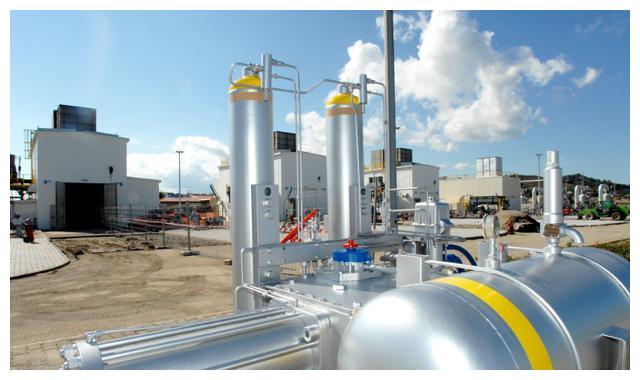Hydrogen energy storage applications
Hydrogen energy storage technology is a large-scale energy storage technology with great development potential, which can be used for renewable energy consumption, power grid peaking and valley filling, users' cooling, heating and electric power supply, micro grid and many other scenarios.
(1) Consumption of renewable energy. The application of electrolytic hydrogen production technology in the scenario of renewable energy power generation can not only improve the large-scale consumption of renewable energy power generation, but also optimize the outgoing capacity of wind power/PHOTOVOLTAIC field groups, so as to reduce the investment in the transmission capacity of the grid, and improve the utilization rate of transmission lines.
(2) Peak and frequency modulation auxiliary service. The electrolytic hydrogen production system with quick response and stop-start capability can be used for auxiliary service of peak and frequency modulation during peak electricity consumption. The high-capacity fuel cell power generation system can be used as a peak-regulating unit to meet the power generation demand when the grid is overloaded.
Hydrogen storage plant
(3) Peak shifting and valley filling and demand-side response. The electrolytic hydrogen production system can use valley electricity to produce hydrogen on the user side to achieve peak regulation, and can also participate in the demand side response as a flexible load through the real-time power demand side management system. The hydrogen produced can be stored and used for hydrogenation service in hydrogenation station.
(4) Microgrid. Electrolysis hydrogen production + hydrogen storage + hydrogen fuel cell power generation is used to construct a micro grid system, distributed renewable energy consumption, hydrogen, heat and power supply, and achieve reliable energy supply in remote areas.
(5) Combined heat and power supply. Hydrogen fuel cells are used to provide heat for buildings and communities, and serve as backup power sources. They are interconnected and complementary with power, heat and other energy sources to improve energy utilization efficiency.





 Facebook
Facebook YouTube
YouTube LinkedIn
LinkedIn Twitter
Twitter